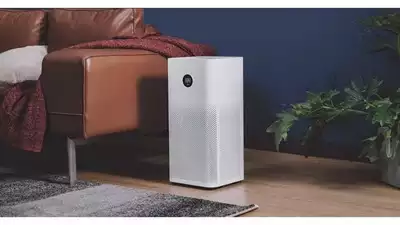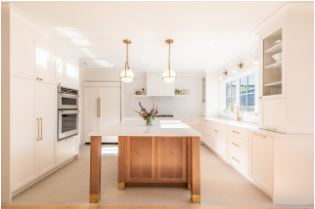5 Things to Consider Before Buying an Air Purifier

The quality of indoor air is a matter of great importance as you spend a part of your life inside the house, and breathing poor-quality air can be detrimental to health. So, if you have been suffering from persistent sneezing, coughing, and other respiratory issues, the air quality of your home could be the reason. Hence, buying air purifiers is the only solution. But choosing a purifier is tricky as there are many things you need to consider to make the right choice for your home.
Following is a list of things that you must follow before the purchase.
- Assess your needs
There could be various reasons for buying an air purifier. So, you must understand your requirements before you learn about technical specifications. You may need it to eliminate toxins and dust from the bedroom or fight smoke. Also, consider how frequently you can clean it or how much you can afford to replace the filters.
You should also take the room’s measurements correctly, where you plan to use the purifier and what features you want in it.
- Choose a filtration system
Air purifiers use filters for air cleaning. The better the quality of filters, the better they can purify the air. Purifiers with HEPA filters are a gold standard and can be a great choice. You also get activated carbon filters to deal with foul odours and kitchen smoke. Some filtration technology uses ozone generators to remove mould, which could be the right choice if you or your family member suffers from lung disease.
A few purifiers come with pre-filters to absorb large contaminants. These are relatively less expensive, so you can replace them frequently, which can help extend the life of primary filters.
In short, the choice of air filtration technology can make all the difference. So, carefully consider the filter type and technology and whether it aligns with your needs before purchasing.
- Look at ACH and CADR ratings
ACH measures an air purifier’s efficiency. It indicates the times the purifier recirculates the air after cleaning. The higher the ACH rating, the better the quality of your air purifier.
The size of your room is a vital determinant of ACH. But you don’t have to fret about miscalculating the ratings, as the manufacturers define ACH for the devices according to varying room measurements.
Many manufacturers also have CADR ratings which imply the ability to remove pollutants like pollen, dust and smoke. Therefore, a higher-rated device is more efficient and effective.
- Assess Cleaning and maintenance costs
The frequency you need to clean an air purifier implies how much overhead and maintenance cost you have to bear. A purifier with a long-lasting filter can keep the replacement cost low. Ideally, you need filter replacement every four months. However, many HEPA filters can last as long as six months or more.
- Look at Smart features
Modern air purifying units come with wifi connectivity, a programmable timer and air quality monitoring. A purifying unit with Wifi lets you easily control the settings and is also compatible with Google Assistant and Alexa. A programmable timer can be helpful if you are busy throughout the day and want optimal energy consumption. Air quality monitoring can help you adjust the fan speed according to air quality.
The above five factors can help you navigate the process of buying an air purifying unit. However, you should keep a balance between prices and features. Also, look at different models to get the best features within your budget. Lastly, don’t forget certifications and warranty, so you remain assured about your purchase and have peace of mind.




